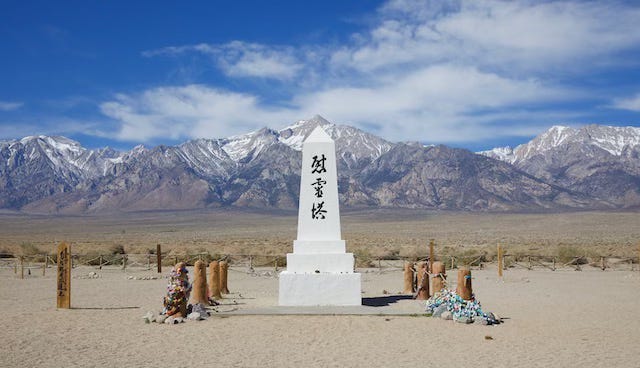Trump Has Repeatedly Shredded And Mocked The Constitution
From Venezuelan Gangs To US Gulags

In a February 10, 2025 post titled “Its Over – Welcome To The Reich”, I asked whether the judiciary would survive the Trump regime.
After noting how Trump had already usurped Congress’ Legislative and Budget powers, I predicted that the War powers would be next:.
- Congress’ legislative and purse powers already gone.
- War power may be next.
Trump just seized those powers as well in his Venezuelan drug gang operation, a Hat Trick, where he violated the 14th amendment’s due process rights of the Venezuelans; ignored, violated, and mocked a federal Court Order; and falsely asserted War Powers to respond to his fake manufactured “invasion” (BBC report):
Trump proclaimed on Saturday that immigrants belonging to the Venezuelan crime gang Tren de Aragua were “conducting irregular warfare” against the US and that he would deport them under the Alien Enemies Act of 1798.
But US District Judge James Boasberg that same evening ordered a halt to deportations covered by the proclamation lasting for 14 days, according to media reports.
Judge Boasberg told a hearing he had heard planes with deportees were taking off and ordered them turned back, the Washington Post reported.
The law allows the US to detain and remove people threatening the country’s safety during wartime, without having to follow due process. It was last invoked to intern people of Japanese descent during World War Two.
There was little surprise over the proclamation on Saturday, where Trump declared that Tren de Aragua was “perpetrating, attempting, and threatening an invasion or predatory incursion against the territory of the United States”.
So, here we are – take a look at what Trump has already recreated:

It’s hard to know where to begin in criticizing Trump’s multiple Constitutional violations – they proliferate almost at the rate of his lies. The arrest, deportation, and defunding for Constitutionally protected protest and free speech and destruction of academic freedom at Columbia and threats at 60 US Universities and colleges were particularly egregious.
And yet Trump – like in Weimar Germany – faces virtually no pushback from Congress and little (but rising) domestic protest.
The day before Trump 2.0 assumed power, on January 19, 2025, I tried to assemble a brief list and highlight the outrageous Fascist program Trump had promised during the campaign.
In that post, I speculated that Trump had manufactured the Venezuelan drug gang Big Lie to lay the foundation for a military invasion of Venezuela and seizure of their oil fields. Bush used the military to seize Iraqi oil and Obama seized Syrian oil, so the precedents exist.
This would be part of a larger regional Trump “MAGA” restoration of the 19th Century’s “Monroe Doctrine” – “Manifest Destiny” – that’s the underlying and unifying worldview for Trump’s Canada as the 51st State, annexation of Greenland, renaming the Gulf Of America, pending seizure of the Panama Canal and expansion of military operations in Cuba (Guantanamo).
The Nazi’s called it Lebensraum.

[Update: A reader criticized this post by (falsely) claiming that only US citizens are protected by the 14th amendment. That’s just false: (Howard Law)
The Fourteenth Amendment, and through its extension by the Fifth Amendment, gives the right of equal protection under the laws of the United States’ to all foreign nationals with who are present within the boundaries of the United States.

